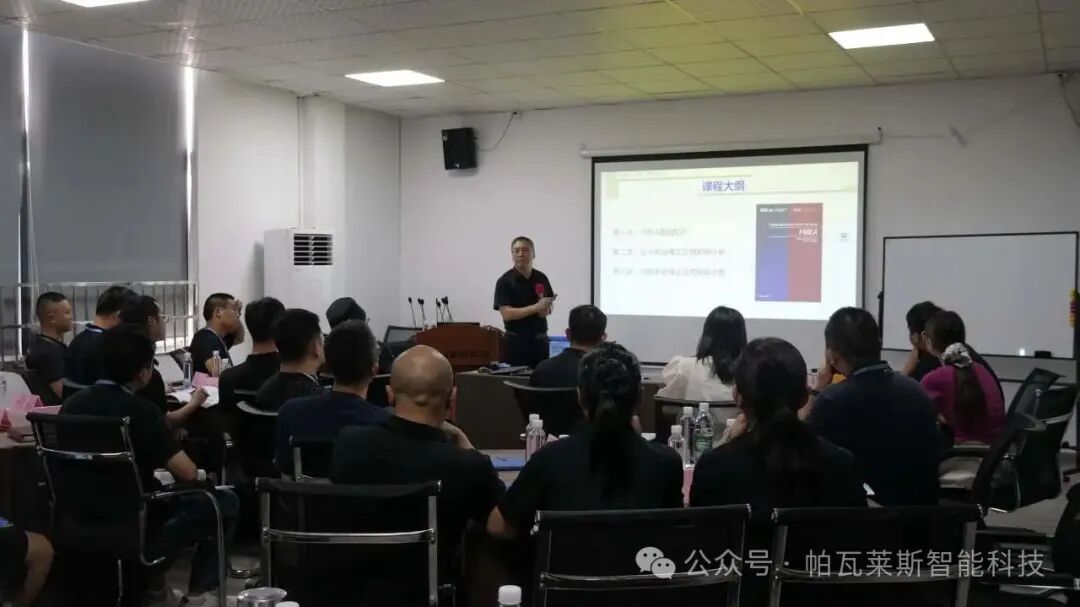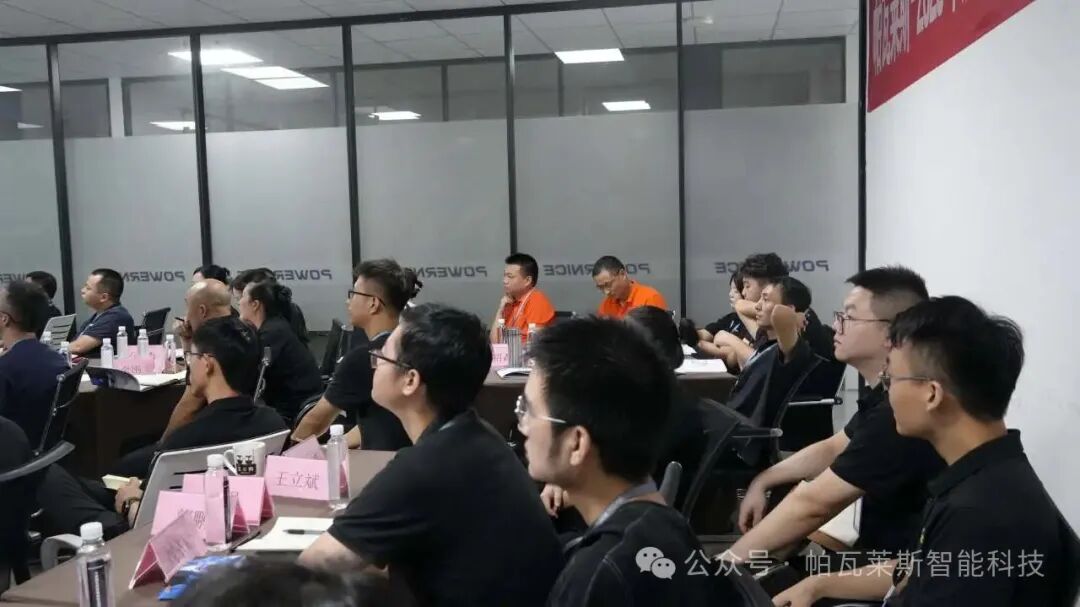From "Learning" to "Application"! Powernice FMEA Training, Installing a "Warning Radar" for Product Quality

To further strengthen the foundation of product quality control and enhance the core departments' ability to anticipate and respond to risks, the company has organized a two-day specialized FMEA (Failure Mode and Effects Analysis) training for key personnel from business, R&D, biotechnology, quality, and production departments. This training features an industry veteran as the instructor, who, through systematic teaching and practical case analysis, helps employees master key tools for quality risk prevention and control, injecting new momentum into the improvement of the company's product quality.
1 No "empty theories", only "useful methods"
Compared to "cramming" knowledge, this training is more like a "practical lesson preparation meeting." It directly targets the pain points in the company's daily work: key risk points in a series of processes including design, production, and quality... Around these issues, FMEA is divided into two practical modules: "Design FMEA (DFMEA)" and "Process FMEA (PFMEA)."
As a core tool for enterprise quality control, FMEA plays an important role throughout the entire product development, design, and manufacturing process. This training closely aligns with the company's actual needs, focusing on the two core modules: "Design FMEA (DFMEA)" and "Process FMEA (PFMEA)." The instructor, combining years of industry experience, starts from the basic principles of FMEA, implementation processes, and risk assessment dimensions (severity, occurrence frequency, detection) and analyzes typical failure cases from automotive, electronics, and other fields. The training explains in detail the application methods of FMEA in different scenarios—guiding R&D personnel to identify potential failure risks of key components early in product design, helping production staff optimize process flows to reduce defect rates, and assisting quality personnel in establishing more precise risk control standards, achieving the training goal of deep integration of "theory + practice."
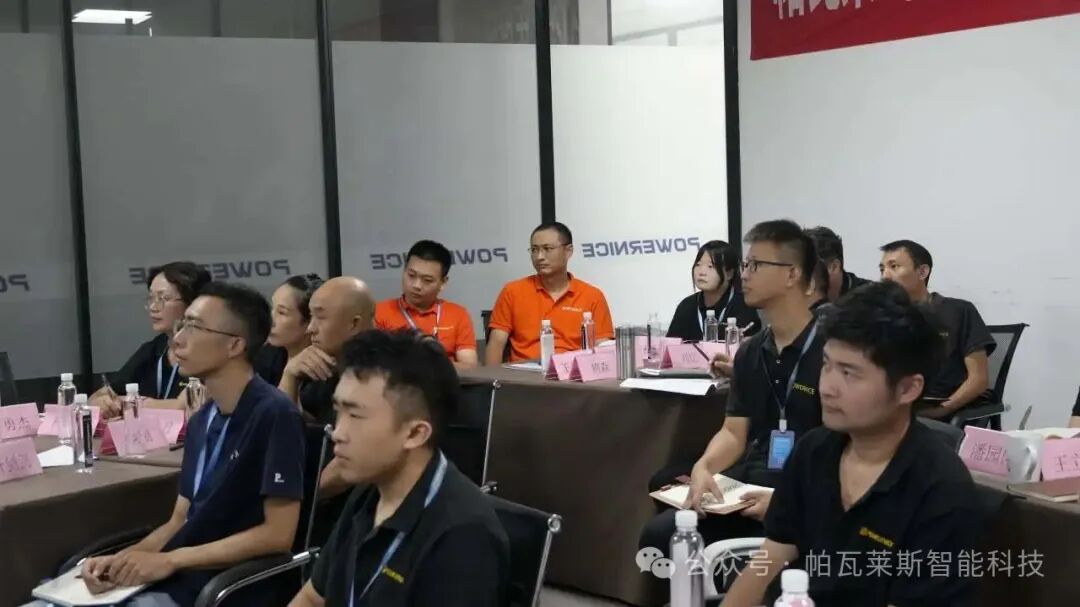
2 Mr. Yang highlights: Learning without application is wasted effort
Midway through the training, Mr. Yang's arrival clarified the "purpose of learning FMEA" for everyone. Mr. Yang directly addressed the point: "We spend time and invite experts for training not to learn another 'term,' but to gain another 'problem-solving tool.'"
He especially emphasized: Quality is not achieved by "firefighting" but by a "preventive" mindset from the very beginning of product initiation. The R&D department must use FMEA to control the "design gate" and not wait until the product is made to find design issues; the production department must use FMEA to guard the "production gate" and not wait for defects to appear before investigating causes; the quality department should lead the use of FMEA, promoting all departments to control risks together. Ultimately, every product delivered to customers must withstand inspection. With a systematic risk prevention mindset, continuously improve product quality stability and enhance customer trust and recognition of Powernice products.
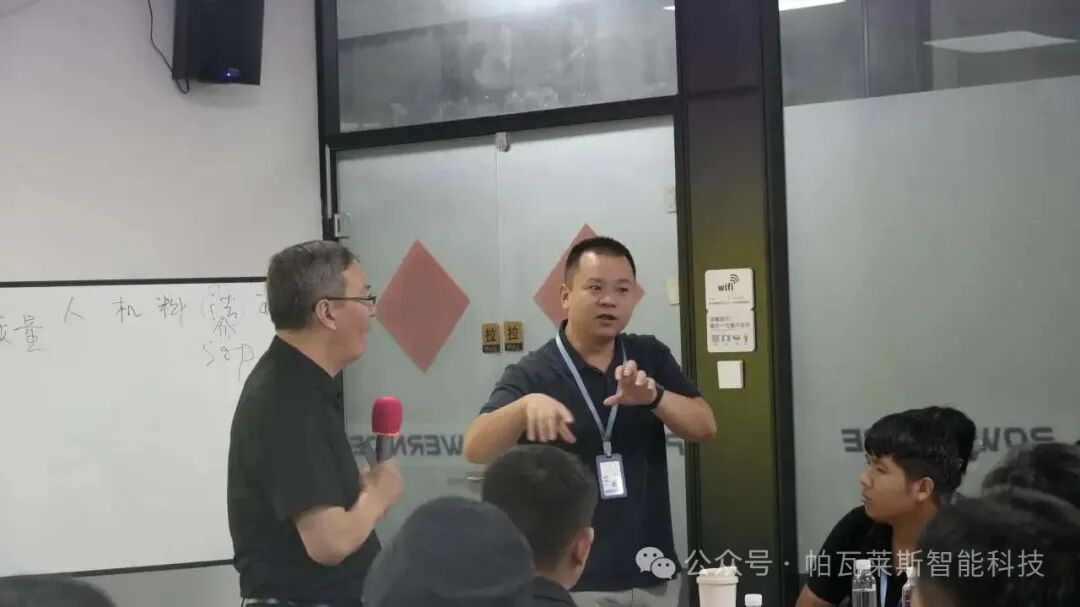
Mr. Yang's speech "key points"
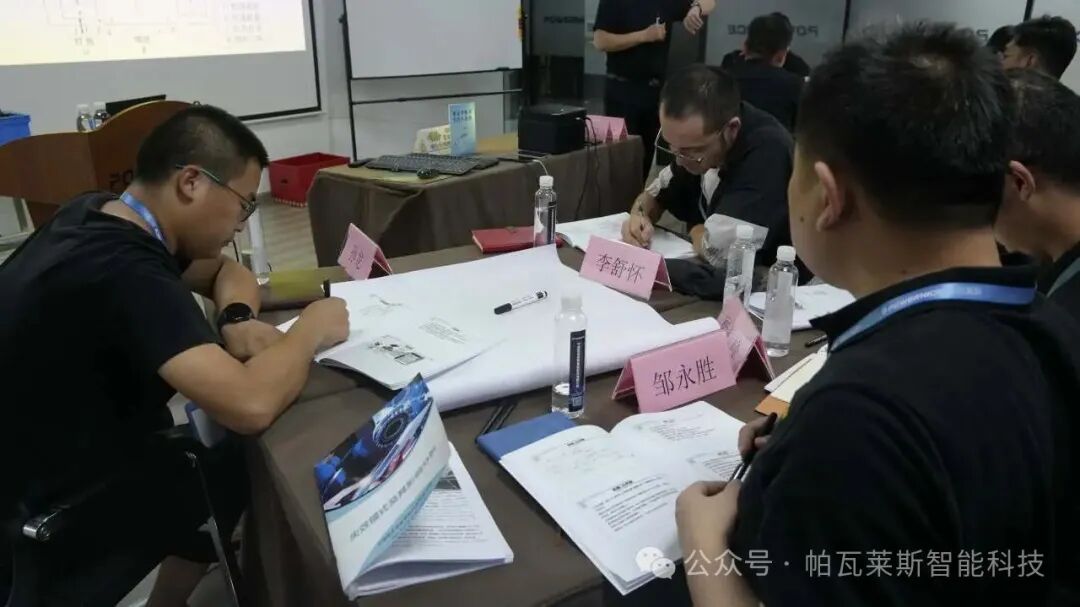
Live practice for flexible application
3 Training results are remarkable, helping to upgrade the quality system again
For Powernice, this FMEA training is not an "end point" but a "starting point"—next, the company will continue to promote the implementation of FMEA in various business processes, establish a training outcome tracking mechanism, regularly conduct FMEA application reviews and experience sharing, continuously improve the quality control system, and with higher quality products and services, help Pavales achieve sustainable and steady development in market competition.
Related News

Dec 10,2025
Recently, the Department of Economy and Information Technology of Zhejiang Province released the public notice of the proposed list of provincial enterprise research institutes for 2025. Ningbo Pavalace Intelligent Technology Co., Ltd. has successfully made it onto the proposed list thanks to its deep-rooted R&D expertise and outstanding innovation capabilities. The enterprise research institute it has established is prominently featured on the list, becoming yet another benchmark force driving innovative development in the advanced manufacturing sector in Ningbo City.
Dec 08,2025
Passion Unites! This cold winter is warmer because of them.
On December 6, a warm and heartfelt atmosphere filled the premises of Pavalles Company—during a joint public blood-donation event organized with the Fenghua Blood Center, employees rolled up their sleeves and generously donated their blood, using their warm, life-saving blood to sustain others' lives.















